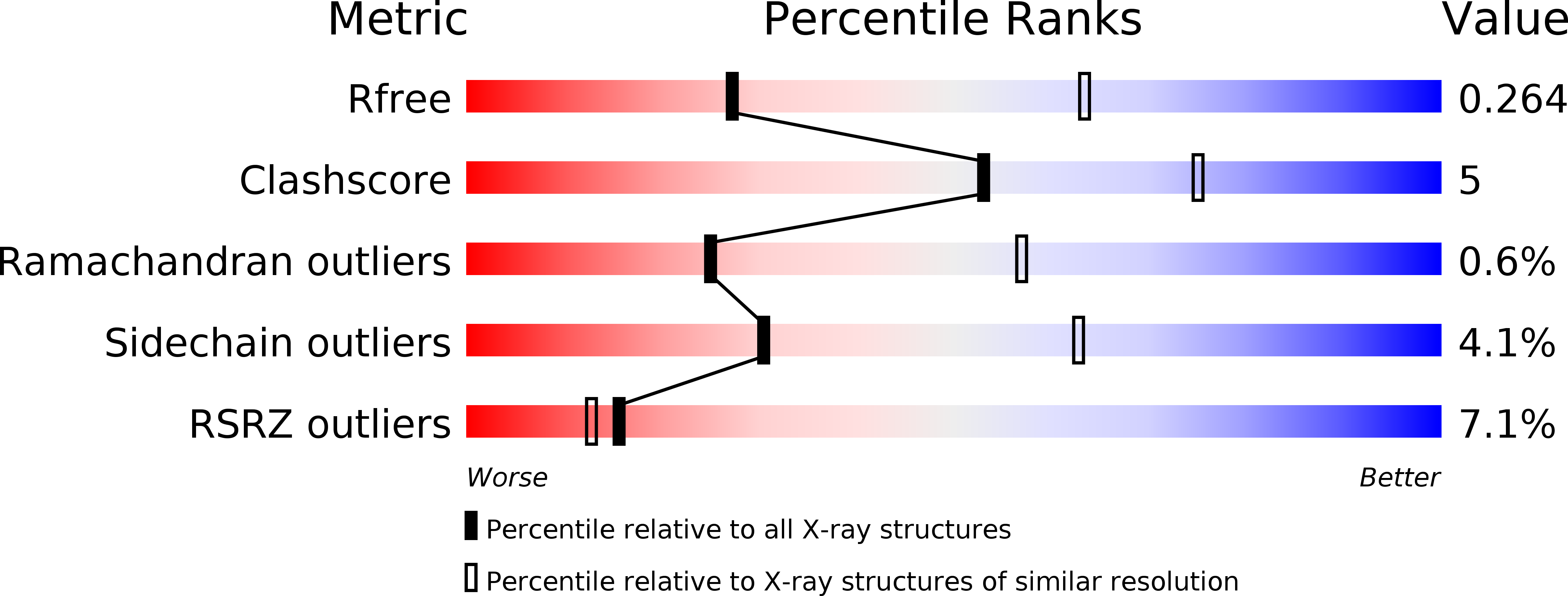
Deposition Date
2018-09-27
Release Date
2018-10-17
Last Version Date
2024-10-16
Entry Detail
PDB ID:
6ML8
Keywords:
Title:
Crystal structure of hemagglutinin from H1N1 Influenza A virus A/Denver/57 bound to the C05 antibody
Biological Source:
Source Organism:
Influenza A virus (Taxon ID: 385583)
Homo sapiens (Taxon ID: 9606)
Homo sapiens (Taxon ID: 9606)
Host Organism:
Method Details:
Experimental Method:
Resolution:
2.92 Å
R-Value Free:
0.26
R-Value Work:
0.20
R-Value Observed:
0.20
Space Group:
P 3 2 1


